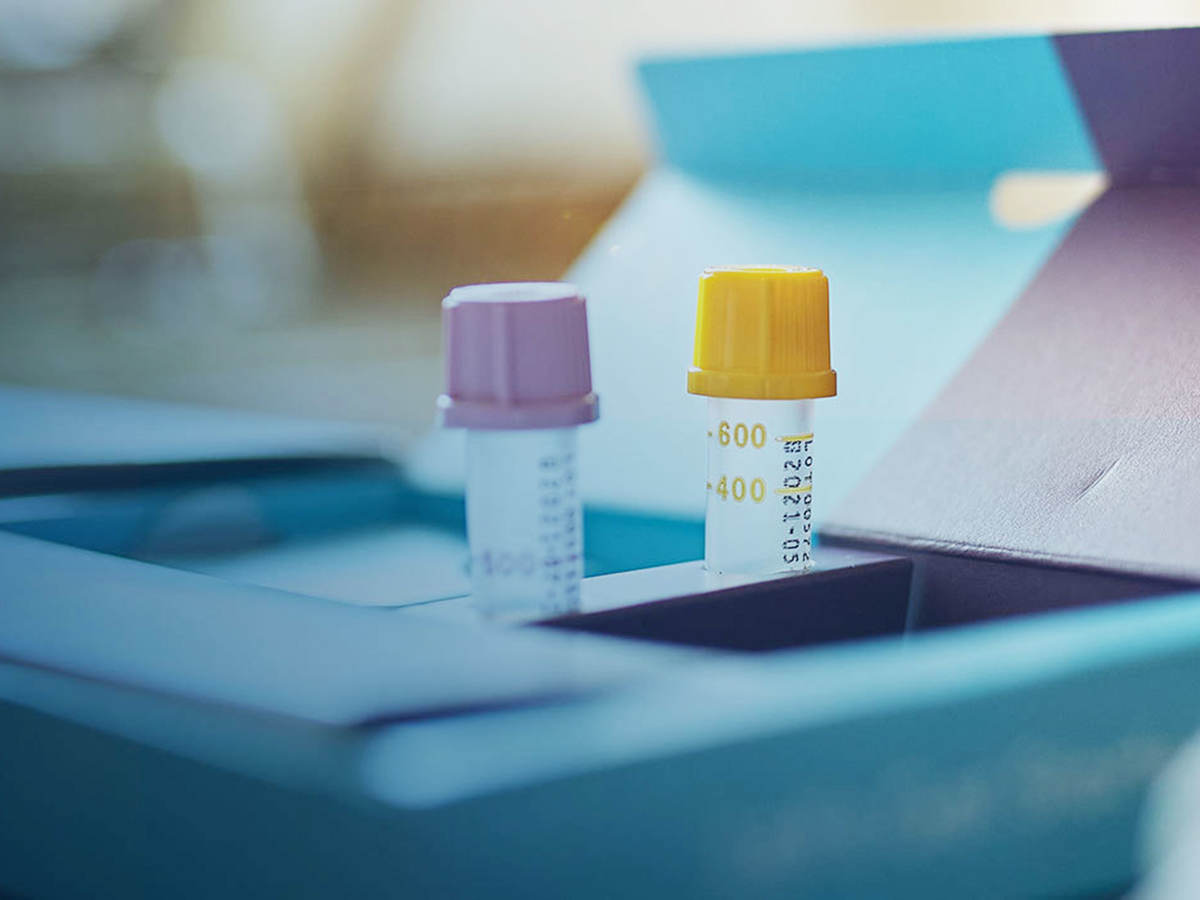May 26, 2023
By Ana Karen Hidalgo Rodríguez and Pedro Omar Sánchez Neri
As discussed in our previous Regulatory Update, the recently released 5.0 edition of the Supplement of Medical Devices of the Mexican Pharmacopoeia (hereafter: Pharmacopoeia), increased and revised the classification rules in Appendix II. In this update, we discuss the classification rules related to IVDs.
Classification of IVDs based on their level of risk
IVDs are a separate category of Medical Devices under the Mexican regulation, and are primarily defined as all supplies including antigens, antibodies, calibrators, verifiers, reagents, kits of reagents, culture and contrast media, and any other similar item that can be used as an aid to other clinical or paraclinical procedures. IVDs are also classified based on risk to Class I, Class II, or III.
Changes to the Classification of IVDs
In the Pharmacopoeia edition 4.0, rules 18-21 determined the classification of IVDs. These four rules still exist, though have been reordered and expanded. In addition, there are six new IVD rules for a total of ten rules for IVDs (Rules 24-33).
Under edition 5.0, the following rules have been revised:
- Rule 18 became Rule 24;
- Rule 19 became Rule 26 -expanded for precision-;
- Rule 20 became Rule 27 -expanded for precision-;
- Rule 21 became Rule 28 -expanded for precision-;
And the following rules have been added:
- Rule 25: Allergens detection
- Rule 29: SARS CoV2 detection
- Rule 30: At home use tests
- Rules 31, 32 and 33: Clarification for calibrators and control materials.
This extends the range of products considered as IVDs by the Ministry of Health in Mexico, and provides more details for accurate classification. An in depth description of each rule follows:
Rules for IVDs Revised and Expanded
The rule for Class II IVDs, Rule 26, has been updated to include devices for the determination of the infectious load of a potentially fatal disease when its observation is essential in the patient management process. And also specifies that tests to detect HIV, HCV, HBV, HTLV infections, detection of blood donors for HIV, and diagnosis of blood for HIV will be class III (This rule applies to first-line trials, confirmatory trials, and supplementary trials).
Rule 27 for IVDs meant to typify blood groups to determine incompatibility has also been updated to show more compatibility tests and markers.
According to the updated Rule 28, culture media intended for in vitro fertilization processes will be classified in Class II.
The Rule 28 now also deems as Class II devices the cardiac markers, the screening for congenital disorders in newborns, where failure to screen and treat such disorders may be life-threatening or severely disabling, and products for the detection of congenital disorders in newborn infants where failure to detect and treat such disorders could lead to life-threatening conditions or serious disabilities
Under this same rule, products for self-diagnosis are classified in class I, which can be: products for pregnancy detection, fertility tests and cholesterol level determination, and products for the detection of glucose, erythrocytes, leukocytes and bacteria in the urine.
Rules for IVDs Newly Added
The following rules were added.
Rule 25 for medical devices used to provide information for the detection and diagnosis of allergens in humans via the subcutaneous route, they’ll be considered in class II.
Rule 29 for In vitro diagnostic agents will be classified as Class II if they are intended for the detection of SARS CoV2.
Rule 30 for In vitro diagnostic agents intended for use by non-health professionals (for example, for self-tests or rapid tests) will be included in class II, except those devices from which the result does not determine a critical situation, in which case they will be included in class I.
Rule 31 for calibrators intended for use with a reagent must be included in the same class as the reagent.
Rule 32 for independent control materials with assigned quantitative or qualitative values intended for a specific analyte or multiple analytes should be included in the same class as reagents.
Rule 33 for independent control materials without assigned quantitative or qualitative values intended for use with multiple or single analytes could be placed in the same or lower class as the corresponding reagents.
Closing Remarks
The new rules for classification of IVDs in Mexico will become official on July 10 (60 calendar days after the publication of May’s 10th Notice on the Diario Oficial de la Federación, confirming when will the Supplement of Medical Devices 5.0 be in effect).
In the meantime, Emergo by UL will start assessing the new rules to determine the classification of IVDs in the Mexican market.
Ana Karen Hidalgo Rodríguez is Quality and Regulatory Affairs Consultant and and Pedro Omar Sánchez Neri is Consulting Manager, Mexico at Emergo by UL.
Request more information from our specialists
Thanks for your interest in our products and services. Let's collect some information so we can connect you with the right person.






